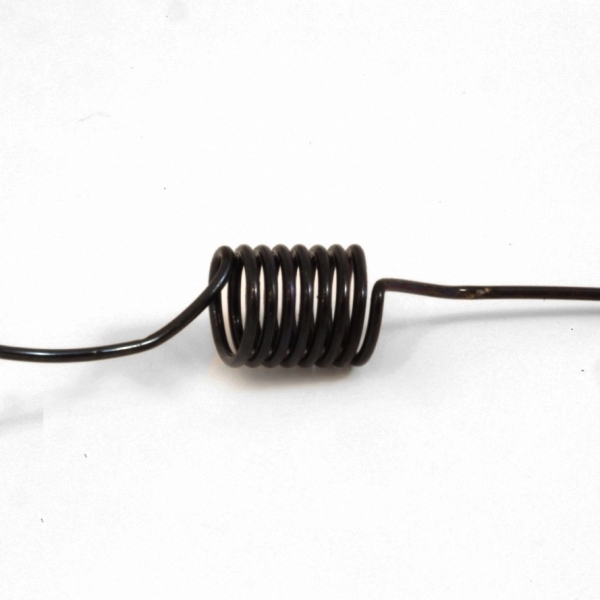Discover Resources by Tags: transformative
 | Up a level |
Number of items: 4.
Redefining Design Boundaries: Exploring
the Transition from Human-Centred to
Humanity-Centred Practices through a
Multiple Case Study of Transformative
Enterprises
Shared with the World by Pamela Clarke
The design field is in a constant state of
evolution, driven by the development of
frameworks, methodologies, and tools
that shape the products, services, and
technologies we use daily. Among these,
Human-Centred Design has become one
of the most influential frameworks in
recent decades, focusing on placing
people at the core of the design process
by prioritising their needs and
experiences through a collaborative,
empathetic approach. While this model
has proven invaluable in creating
solutions that enhance people's lives and
boost user engagement, it has faced
criticism for its narrow focus on
individual well-being, often overlooking
the wider social and environmental
impacts on the ecosystem. In response,
Humanity-Centred Design has emerged,
expanding the design lens to include
environmental and social considerations
that tackle broader global challenges.
This study delves into how
Transformative Enterprises, which aim to
address pressing global issues,
implement the Humanity-Centred Design
model. Through a multiple-case study of
two start-ups promoting eco-conscious
consumption, the research identifies key differentiating strategies such as
diversifying stakeholders for a more
inclusive design process, leveraging
enablers of behavioural change, setting
mission-driven metrics for decisionmaking, and adopting marketing and
positioning strategies that raise
awareness, foster community
engagement, and communicate their
mission in innovative ways. These
findings lay a critical foundation for the
practical implementation of the
Humanity-Centred Design model,
bridging the gap between theory and
practice by offering a more inclusive and
transformative approach to the design
process.
Shared with the World by Pamela Clarke
Redefining Design Boundaries: Exploring
the Transition from Human-Centred to
Humanity-Centred Practices through a
Multiple Case Study of Transformative
Enterprises
Shared with the World by Elangkathir Duhindan
The design field is in a constant state of
evolution, driven by the development of
frameworks, methodologies, and tools
that shape the products, services, and
technologies we use daily. Among these,
Human-Centred Design has become one
of the most influential frameworks in
recent decades, focusing on placing
people at the core of the design process
by prioritising their needs and
experiences through a collaborative,
empathetic approach. While this model
has proven invaluable in creating
solutions that enhance people's lives and
boost user engagement, it has faced
criticism for its narrow focus on
individual well-being, often overlooking
the wider social and environmental
impacts on the ecosystem. In response,
Humanity-Centred Design has emerged,
expanding the design lens to include
environmental and social considerations
that tackle broader global challenges.
This study delves into how
Transformative Enterprises, which aim to
address pressing global issues,
implement the Humanity-Centred Design
model. Through a multiple-case study of
two start-ups promoting eco-conscious
consumption, the research identifies key differentiating strategies such as
diversifying stakeholders for a more
inclusive design process, leveraging
enablers of behavioural change, setting
mission-driven metrics for decision�making, and adopting marketing and
positioning strategies that raise
awareness, foster community
engagement, and communicate their
mission in innovative ways. These
findings lay a critical foundation for the
practical implementation of the
Humanity-Centred Design model,
bridging the gap between theory and
practice by offering a more inclusive and
transformative approach to the design
process.
Shared with the World by Elangkathir Duhindan

Shape memory actuator
Shared with the World by Dr Zoe Laughlin
This metallic wire shaped in a form of a spring is made of a special alloy of nickel and titanium (commonly termed a shape memory alloy) that is able to contract 4% or more when heated and then return to its original shape when cooling. This material’s ability to contract upon heating makes it useful in mechanical devices where heat, which is usually precisely delivered through an electric current, is used to generate some kind of motion. Shape memory actuators (SMA) are found in a wide variety of applications, from medical devices (portable insulin pumps) to computers and vending machines. Explore shape memory actuators on the Institute of Making website: https://www.instituteofmaking.org.uk/materials-library/material/shape-memory-actuator.
Shared with the World by Dr Zoe Laughlin

![[img]](https://open-education-repository.ucl.ac.uk//312/1.hassmallThumbnailVersion/209.mainnew-600x600.jpg)


